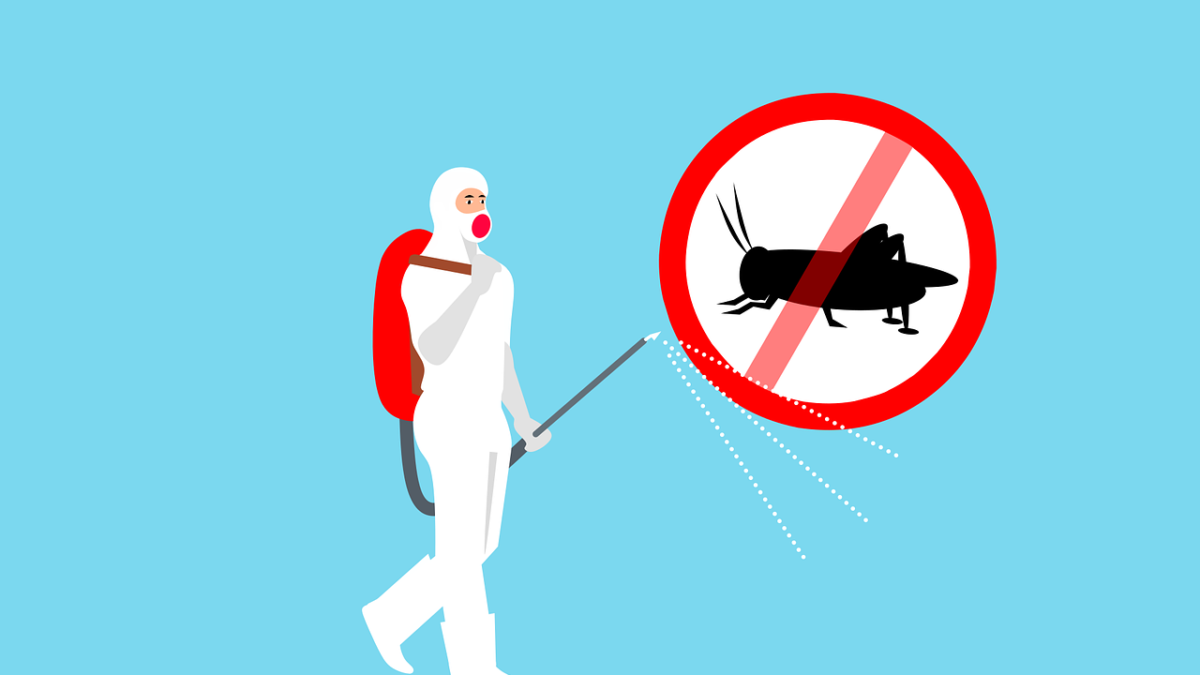The pest control industry has come a long way since the days of simple mouse traps and insect sprays. The increasing advancement in technology has brought about innovations that have the potential to revolutionize the future of pest control. From drones to artificial intelligence, these technologies are helping to make pest control safer, more effective, and more environmentally friendly. In this blog post, we will explore some of the most exciting developments in the field and consider how they are shaping the way we tackle pest problems.
Drones: The Eyes in the Sky
Drones are increasingly being used in the pest control industry as they provide a safe and efficient way to monitor and assess large areas. With high-resolution cameras and the ability to fly at low altitudes, drones can quickly identify pest infestations, analyze crop health, and pinpoint the exact location of the problem. This reduces the need for manual labor and allows for a more targeted approach to pest control.
Moreover, drones can be equipped with various sensors to detect the presence of pests and diseases, such as multispectral sensors that analyze vegetation and thermal imaging cameras to spot temperature differences. This information can then be combined with GPS data, enabling pest control professionals to create detailed maps that facilitate the strategic application of treatments.
Internet of Things (IoT) and Smart Traps
The Internet of Things (IoT) is a network of interconnected devices that collect and exchange data. In the realm of pest control, IoT has enabled the development of smart traps that can communicate with each other and provide real-time monitoring of pest populations. These traps can send alerts when pests are captured or when maintenance is required, streamlining the monitoring process and reducing the need for manual inspections.
Additionally, smart traps can be connected to cloud-based platforms that analyze the collected data, helping pest control professionals to identify trends and patterns in pest activity. This can inform more effective prevention strategies and reduce the need for potentially harmful chemical treatments.
Artificial Intelligence (AI) and Machine Learning
Artificial intelligence and machine learning are being applied to pest control in a variety of ways. For example, AI-powered image recognition software can be used to analyze photos taken by drones, identifying pests and diseases with remarkable accuracy. This technology can also be used to predict future outbreaks by analyzing historical data and identifying patterns.
Machine learning algorithms can help optimize the scheduling and application of pest control treatments, taking into account factors such as weather, crop health, and pest population dynamics. This not only increases the effectiveness of treatments but also minimizes their environmental impact.
Biopesticides and Precision Agriculture
As concerns about the environmental and health impacts of chemical pesticides continue to grow, there has been a surge in interest in biopesticides – natural pest control solutions derived from microorganisms, plants, or other biological materials. Many biopesticides can be applied using precision agriculture techniques, such as GPS-guided spraying systems that ensure the optimal distribution of the treatment.
By combining biopesticides with precision agriculture technology, pest control professionals can significantly reduce the amount of chemicals needed to protect crops and structures, lowering the risk of environmental contamination and harm to non-target species.
The integration of technology into pest control is rapidly changing the landscape of the industry. By harnessing the power of drones, IoT, artificial intelligence, and biopesticides, pest control professionals are able to tackle infestations more efficiently, safely, and sustainably than ever before. As these technologies continue to develop and become more accessible, we can expect to see even greater improvements in the way we manage and prevent pest problems in the future.

